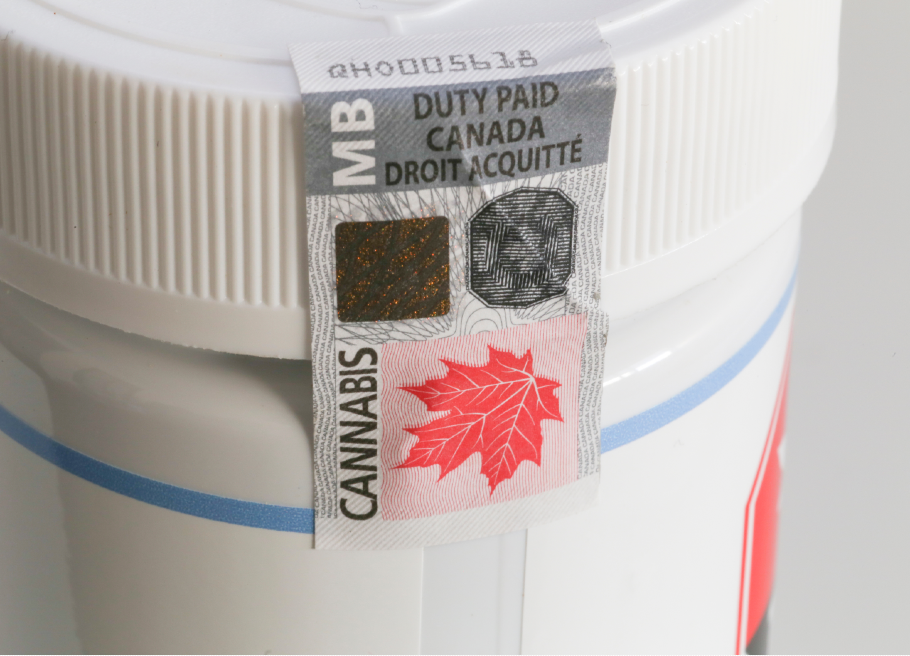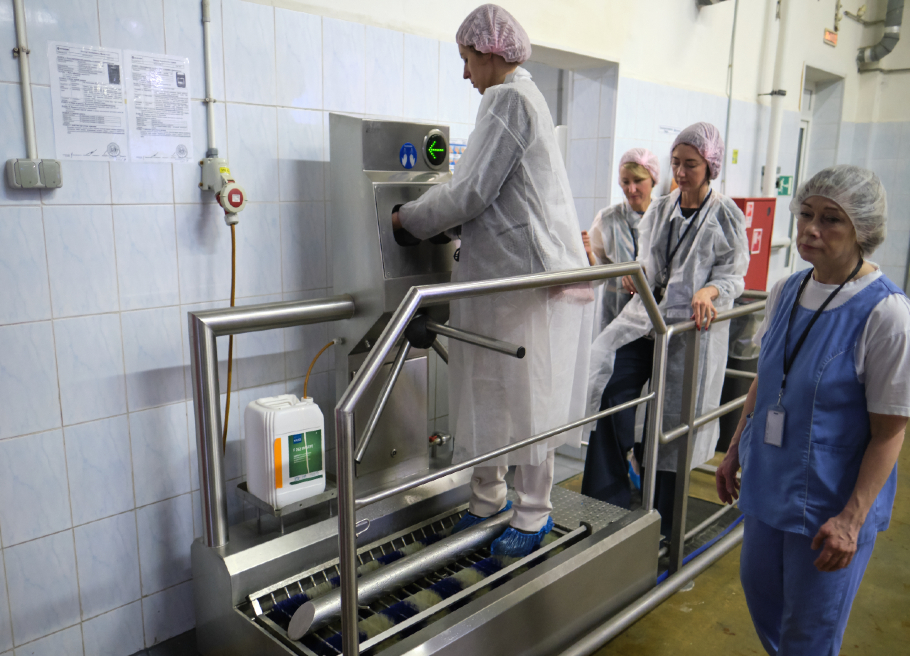Communicating Food Safety: A Part of Building and Protecting Your Brand
By Linda Eatherton
Nothing is more aggravating or concerning than to see misinformation spread about food safety protocols and technology. Distorted information can lead to serious health consequences and bad decisions. Equally concerning is that your science, your product, your brand, and your reputation are at risk of being compromised as well.
Carl Sagan wrote in the ‘The Skeptical Inquirer ‘ 30 years ago that: “We live in a society exquisitely dependent on science and technology, in which hardly anyone knows anything about science and technology.”
The digital media environment is a constantly changing landscape of conversations and iterative posts from self-appointed pundits who are neither experts nor authorities. Protecting IP and scientific correctness should be a top priority. But whose job is it? Yours.
Truth is fundamental to building trust. By making science [truth] more accessible, it becomes more credible in the eyes of constituents, increasing trust in the innovations, protocols, processes, and products it supports.
Truth is fundamental to building trust. By making science [truth] more accessible, it becomes more credible in the eyes of constituents, increasing trust in the innovations, protocols, processes, and products it supports.
“Trust is everything, everywhere, all at once. Repeated research shows that the leadership on which trust depends needs to be delivered at every level of the organization and at every touchpoint with your key audiences,” cites the publication Trust, Risk and Resilience.
Given the plethora of media platforms and channels, communication today requires a shift in both what and how we communicate to break through the clutter. While facts are essential, more facts simply can’t compete in this noisy universe. Breaking through the clutter requires a more nuanced approach.
Anthony Dudo, associate professor of marketing and public relations at the University of Texas at Austin said that “All communication is not effective.”
“Raising the volume, communicating more, does not equal communicating more effectively. And that brings us back to scientists being scientific about communication. They need to] be thoughtful and apply more rigor.”
Your mission is straightforward. Apply the same rigor you bring to the science of food to the science of communication, using a data-based, repeatable process for getting the right message out to the media ecosystem. While you can’t control outcomes, you can own the inputs designed to reach the right people in the right ways. It starts with adopting the 3Ms of effective communication — Monitor, Manage, and Mobilize.
Monitor content/information/conversation platforms.
Put a digital monitoring platform in place that sweeps online conversations and content for specific references to your business, technology, and the conversations around that work. The more robust the monitoring (frequency, scale, reach) the more it will cost. These systems identify and analyze who, how, and where information is being shared around your topics of concern.
Such programs provide insights and opportunities to selectively engage with key audiences that have shared interests. They also help identify potential allies willing to learn more about your approach and information. Many companies consider this investment a ‘risk management’ expense and use it to flag crisis situations and issues before they escalate.
Manage your story and your brand.
Sharpen and refresh your story. Is it clear, crisp, simple, and easy to insert into a wide variety of conversations? Take time to identify all the conversations that could injure your brand or technology. Then, build positive, proactive content around topics that will attract media allies to follow and share your thoughts. Consistency and frequency are critical to ensure message uptake and impact. A generally accepted rule of thumb holds that it takes at least seven exposures to a message for it to stick.
Mobilize content sharing on a routine basis to cultivate allies.
Make a habit of populating social platforms and engaging in social conversations about science and food safety topics. Take part in conversations daily with people who care about what you care about. Invite them to learn more. Create opportunities to let them gain deeper insights into your work through controlled content like webinars, presentations, or downloadable studies.
Most importantly, build, train, arm, and activate an internal thought leadership team. Integrate a communication goal into team member KPIs. Identify the top themes or topics that relate to the efficacy or value of your brand.
- Schedule each person on that team to write and post 2-3, short 50-word commentaries (with a graphic image) on their social feeds throughout the year.
- Encourage each leader to build a short presentation on the topic they have identified for live events or for your own web-hosted events.
- Promote all commentaries, posts, and speaking engagements across all social platforms.
- Encourage and thank your friends for sharing/commenting and amplifying your content routinely; and take time to help them out with a friendly post or retweet that helps their business interests.
Protecting your IP and product is now a team sport. Every member of your business team needs to be a brand ambassador capable of defending and promoting the science and the product. All you need is a good game plan and consistent execution to educate and build a loyal fan base.
About the Author:
Linda Eatherton, president, and founder of Eatherton Consulting, designs leading-edge communications strategies that help food innovators and renovators build and protect their brands, businesses, and IP. Her entire career has been spent in service to the food and agricultural space. Prior to consulting, she led the highly regarded global F&B practice at Ketchum, where she directed more than 300 individuals worldwide, solving reputational issues, marketing branded products and ingredients, and strengthening stakeholder relationships for both supply and value chain organizations.

-
 FeaturedRisk management
The Cost of a Breach: What a Cyberattack Could Mean for Food Safety Recalls
FeaturedRisk management
The Cost of a Breach: What a Cyberattack Could Mean for Food Safety Recalls
-
 FeaturedRisk management
Securing the Food Chain: How ISO/IEC 27001 Strengthens Cybersecurity
FeaturedRisk management
Securing the Food Chain: How ISO/IEC 27001 Strengthens Cybersecurity
-
 FeaturedRisk management
Revolutionizing Food Safety Training: Breaking Out of the “Check-the-Box” Mentality
FeaturedRisk management
Revolutionizing Food Safety Training: Breaking Out of the “Check-the-Box” Mentality
-
 GFSI Standards
GFSI 2025: Building Trust, Tech-Forward Solutions, and Global Unity in Food Safety
GFSI Standards
GFSI 2025: Building Trust, Tech-Forward Solutions, and Global Unity in Food Safety
-
 FeaturedFood Safety
Integrated Pest Management: Strategies to Protect Your Brand’s Reputation
FeaturedFood Safety
Integrated Pest Management: Strategies to Protect Your Brand’s Reputation
-
 FeaturedFood Safety Culture & Training
No Open Door Policy: Challenges That Impact Pest Control in Food Processing Plants
FeaturedFood Safety Culture & Training
No Open Door Policy: Challenges That Impact Pest Control in Food Processing Plants




